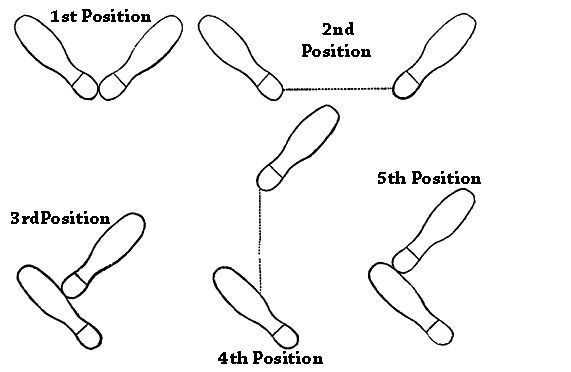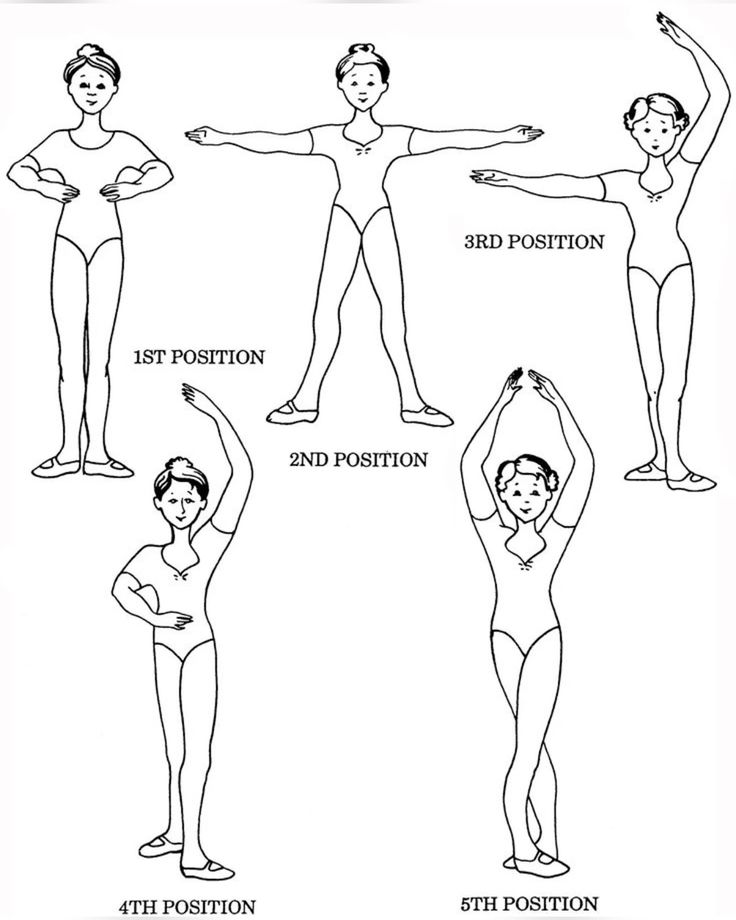physical education 3
1/25
There's no tags or description
Looks like no tags are added yet.
Name | Mastery | Learn | Test | Matching | Spaced |
|---|
No study sessions yet.
26 Terms
kraus and gaufman (1981)
they said that man danced originally to supplicate gods on all important occasions of life
people still dance for 4 reasons
to please gods
to please others
to please themselves or self expression
to build community with an ethnic group or social interaction
people still dance for 4 reasons
danson
dance comes from the word…
space
timing
dance energies
bodily shape
group shape
elements of art
spatial elements
space can be divided into 4 aspects, also known as…
direction
size
level
focus
what are the 4 spatial elements
space
this is the area the performers occupy and where they move
direction
dance movements can travel in any direction. the performers can go forward, sideward, backward and so on, they may also face any direction while executing a single movement or several phrases.
size
movement can be varied by doing larger or smaller actions
level
movement can be done in a high, medium, or low level
focus
performers may change their focus by looking at different direction
timing
performers move with the tempo of an underlying sound, known as the beat or pulse. this can be varied by moving faster or slower than the usual beat
dance energies
the movements here propelled by energy or force
sustained
percussive
vibratory
swinging
suspended
collapsing
what are the 6 dance energies
sustained
movements are done SMOOTHLY , CONTINUOSLY, and with FLOW AN CONTROL. it does have a clear beginning and ending
percussive
movements are EXPLOSIVE or SHARP in contrast with sustained movements. they are accented with thrust of energy.
vibratory
movements consists of TREMBLING or SHAKING. a faster version of percussive movement that produces JITTERY EFFECT ( minton 2007)
swinging
movements trace a CURVE LINE OR ARC IN SPACE.
suspended
movements are PERCHED IN SPACE or HANGING IN AIR.
collapsing
movements are release in TENSION and GRADUALLY ABRUPTLY GIVING IN TO GRAVITY, letting the body descend to the floor.
symmetrical
asymmetrical
two types of bodily shape
symmetrical
balanced shape; movements are practically IDENTICAL or SIMILAR ON BOTH SIDES.
asymmetrical
unbalanced shape; movements of two sided of the body do not match completely different from eachother
group shapes
in this element, a group of dancers perform movements in different group shapes.

